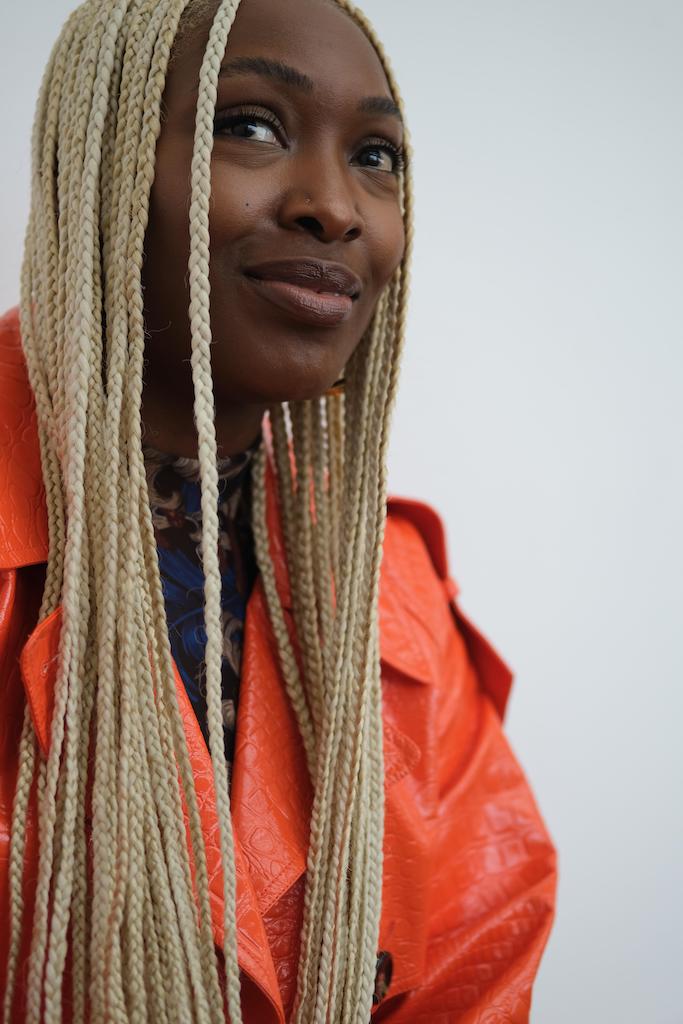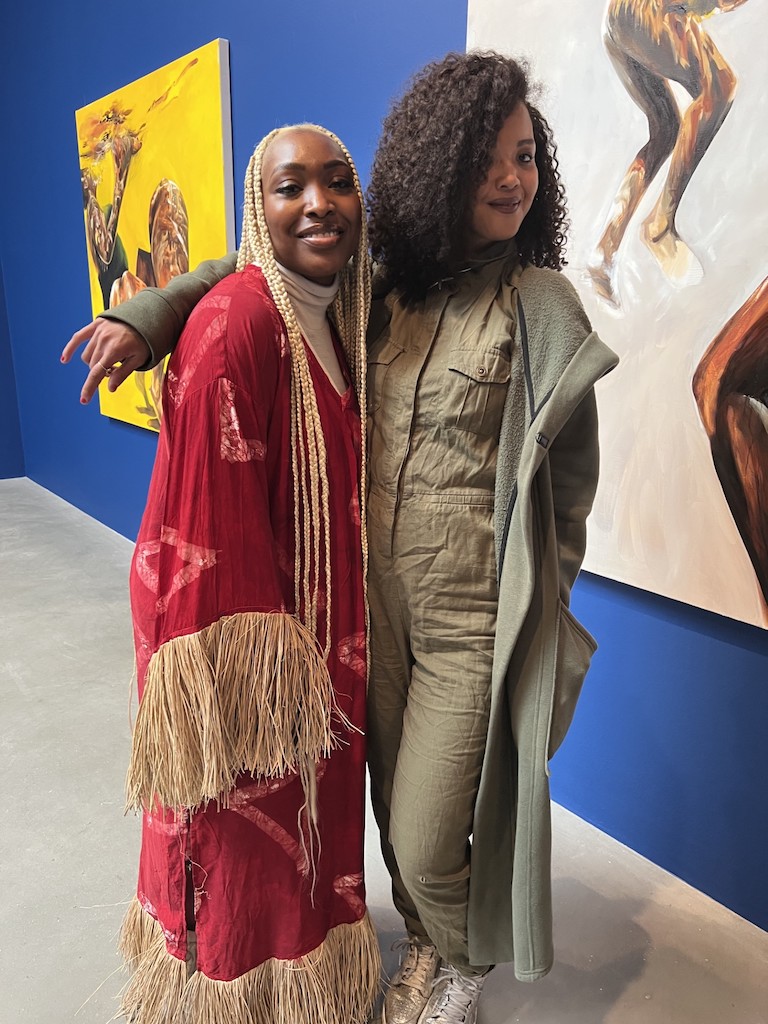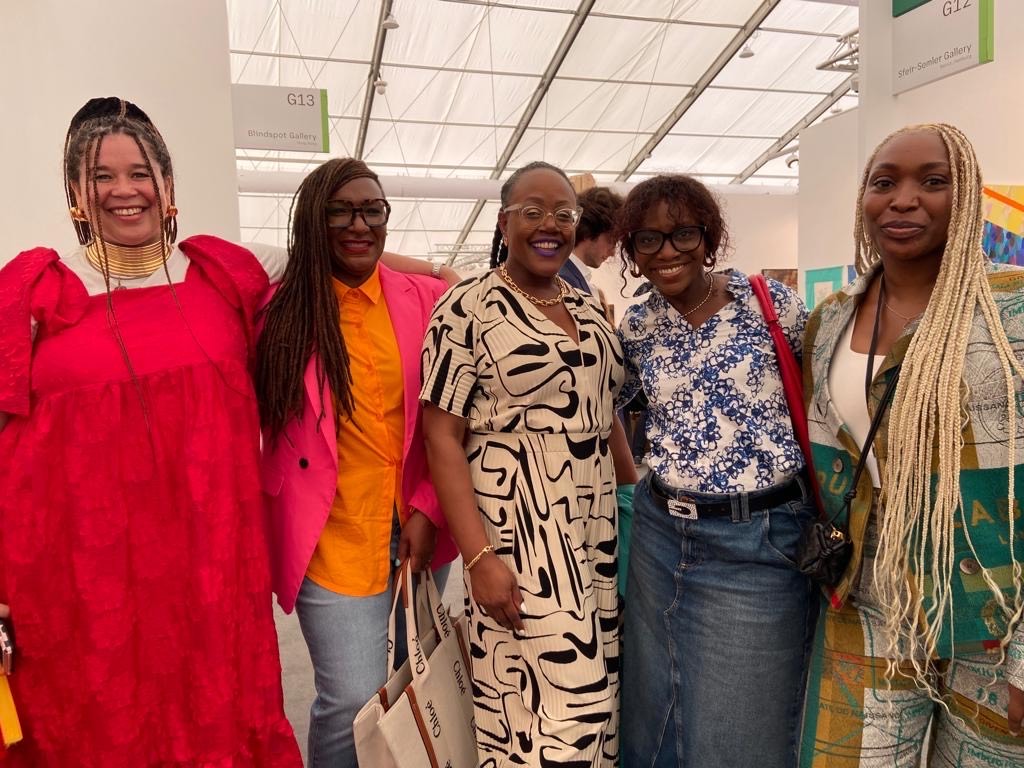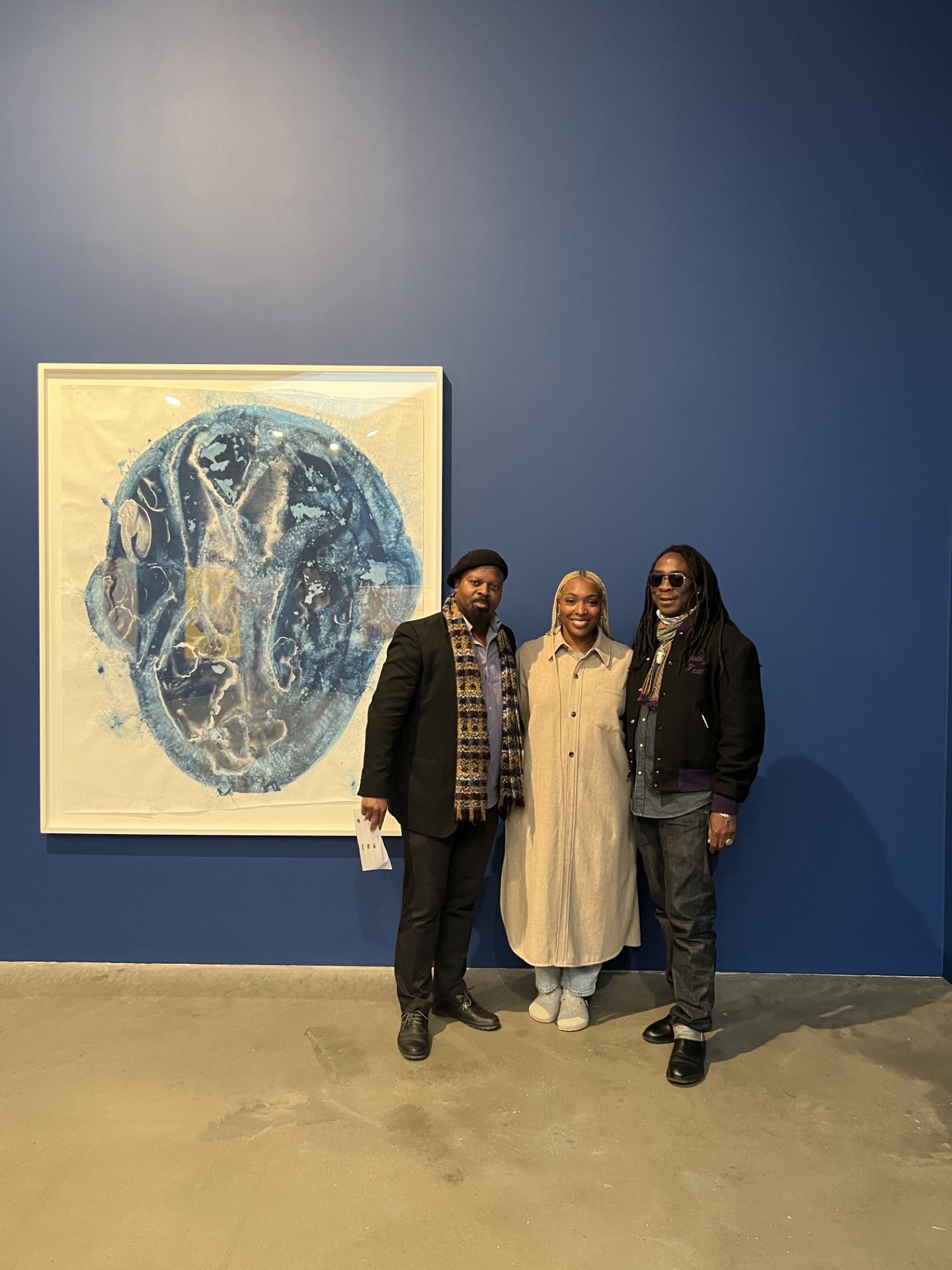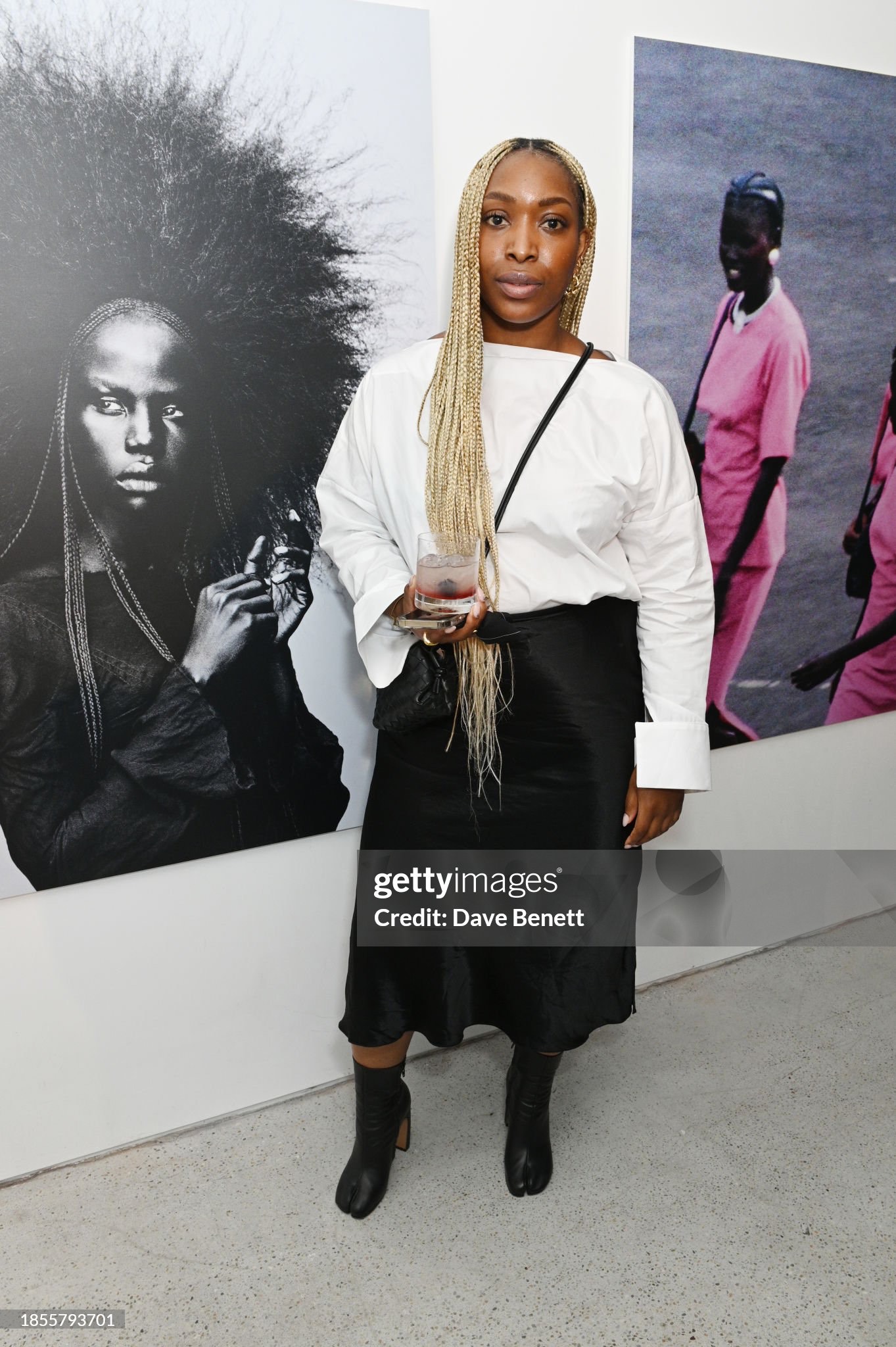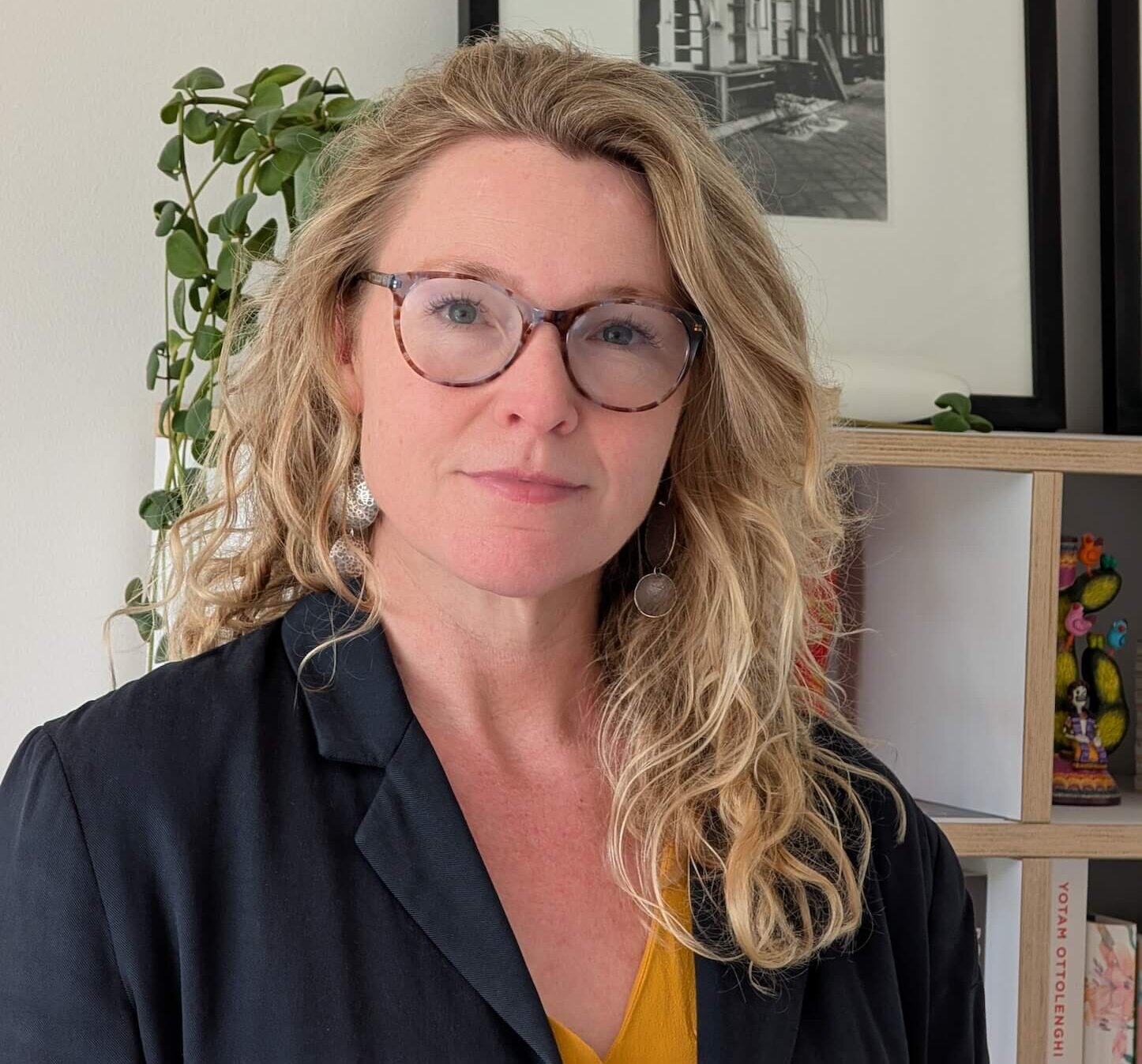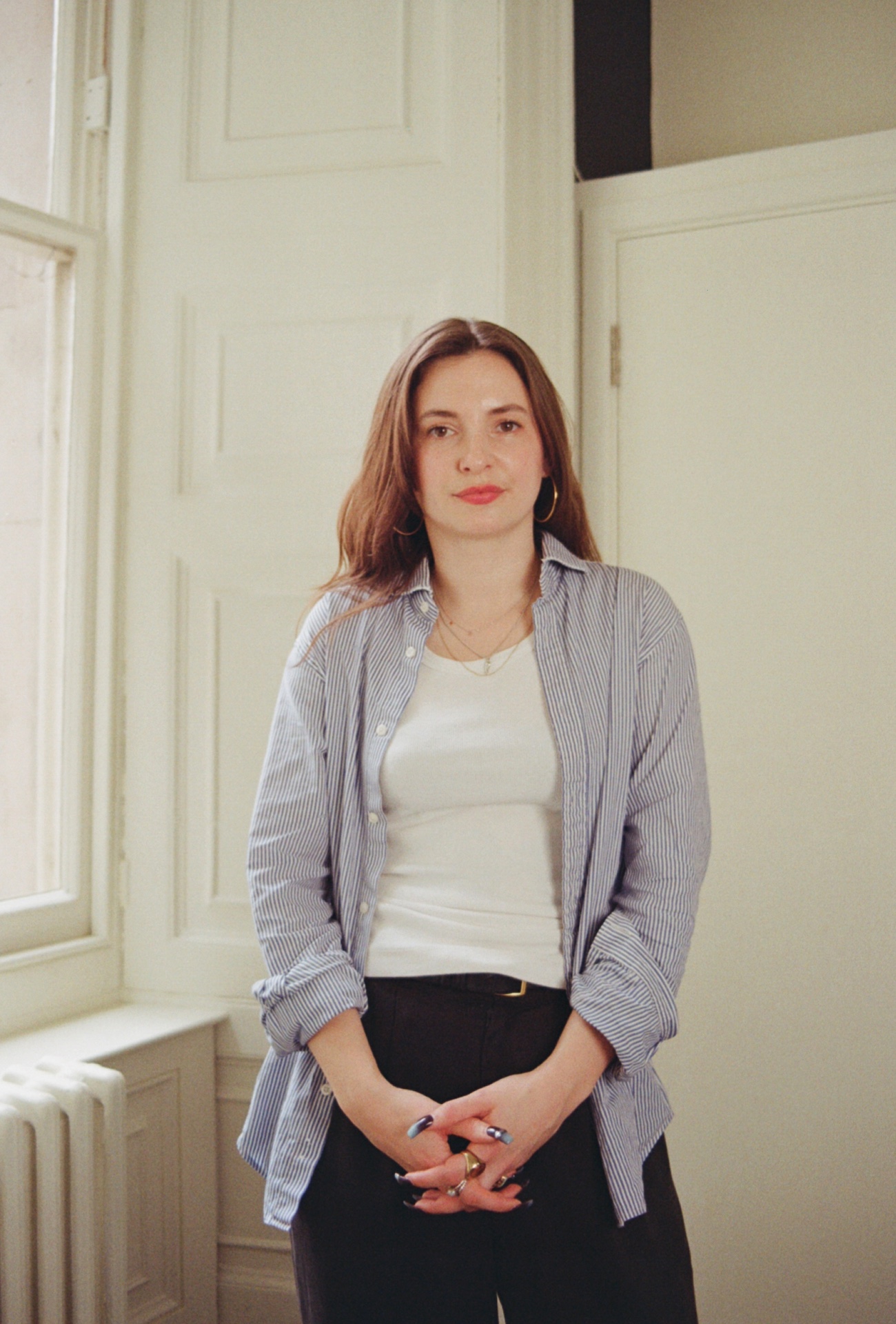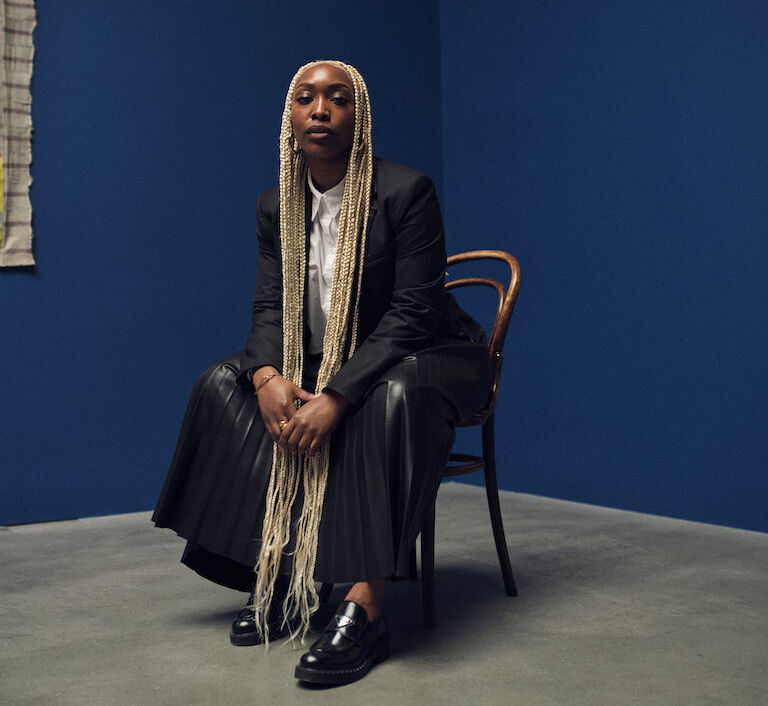

Interview Curator Péjú Oshin
Oshin is determined to reshape the artistic landscape, amplify marginalized voices and champion the narratives of the African diaspora. Here, she reveals a little more about what makes her tick.
THE WICK: Tell us about your typical Monday.
Péjú Oshin : I dedicate this day to matcha, confirming meetings for the week ahead, catch-up calls with artists and my new found love of boxing!
TW: If you could own any piece of artwork, what would it be and why?
PO: Ellen Gallagher’s Bird In Hand. I spent a lot of time with this work on my walks around the gallery while working at Tate Modern and I love how it holds space for transformation and movement through mythology, themes that I think through a lot in my own practice.
TW:
Which Gagosian exhibition are you most looking forward to in 2024 and why?
PO: Stanley Whitney’s show and my own projects, which I can’t speak about just yet. Keep your eyes peeled!
TW:
Which emerging artists have you discovered lately that you think will be huge next year or in the near future?
PO:
There are way too many to narrow down to just two! I’m looking towards Black British and African artists who are producing exciting work with strong and nuanced narratives.
TW: Tell us about an artist who has been overlooked in the past who you think deserves the spotlight now.
PO: Not too overlooked, but I want to give a nod to Liz Johnson Artur and her flowers! The way she has captured Black British and diasporic identities throughout her career is indelible.
TW: How has the role of the gallery changed in recent years and what can we expect in 10 years’ time?
PO:
Gagosian has carved out space to be both adventurous and rigorous. We present exciting, museum-quality shows and, in some ways, take risks that create important dialogues about the practices of the artist we work with. I see a continued negotiation between galleries and museums that make for a richer cultural experience for people engaging with art at all levels.
TW: Is there a single exhibition that you’ve visited in the past that has changed your world view or left an indelible mark on you in some way?
PO:
I always reference two exhibitions when asked this: The Vulgar: Fashion Redefined [at the Barbican in 2016] for its use of language throughout the show, which has been pivotal in my own engagement with language in exhibition making; and The Infinite Mix at 180 The Strand [also in 2016}– the way it animated the space is something that I think about often and use as a reference point for how I want people to feel in the spaces I create.
“I see a continued negotiation between galleries and museums that make for a richer cultural experience for people engaging with art at all levels.”
